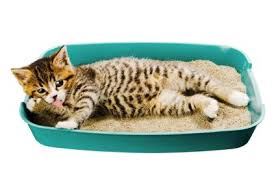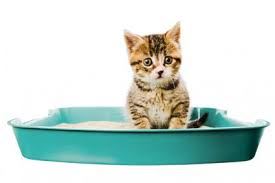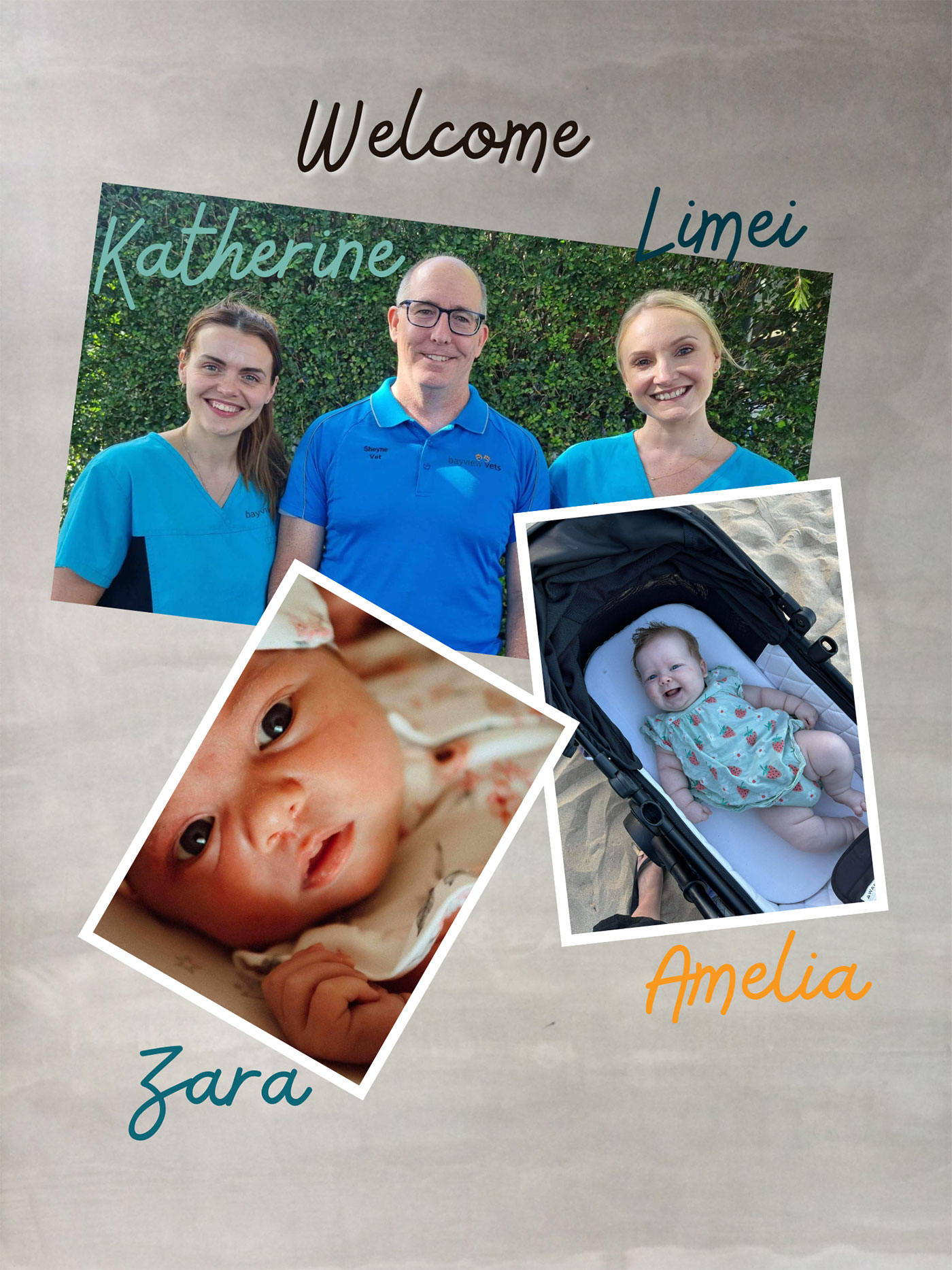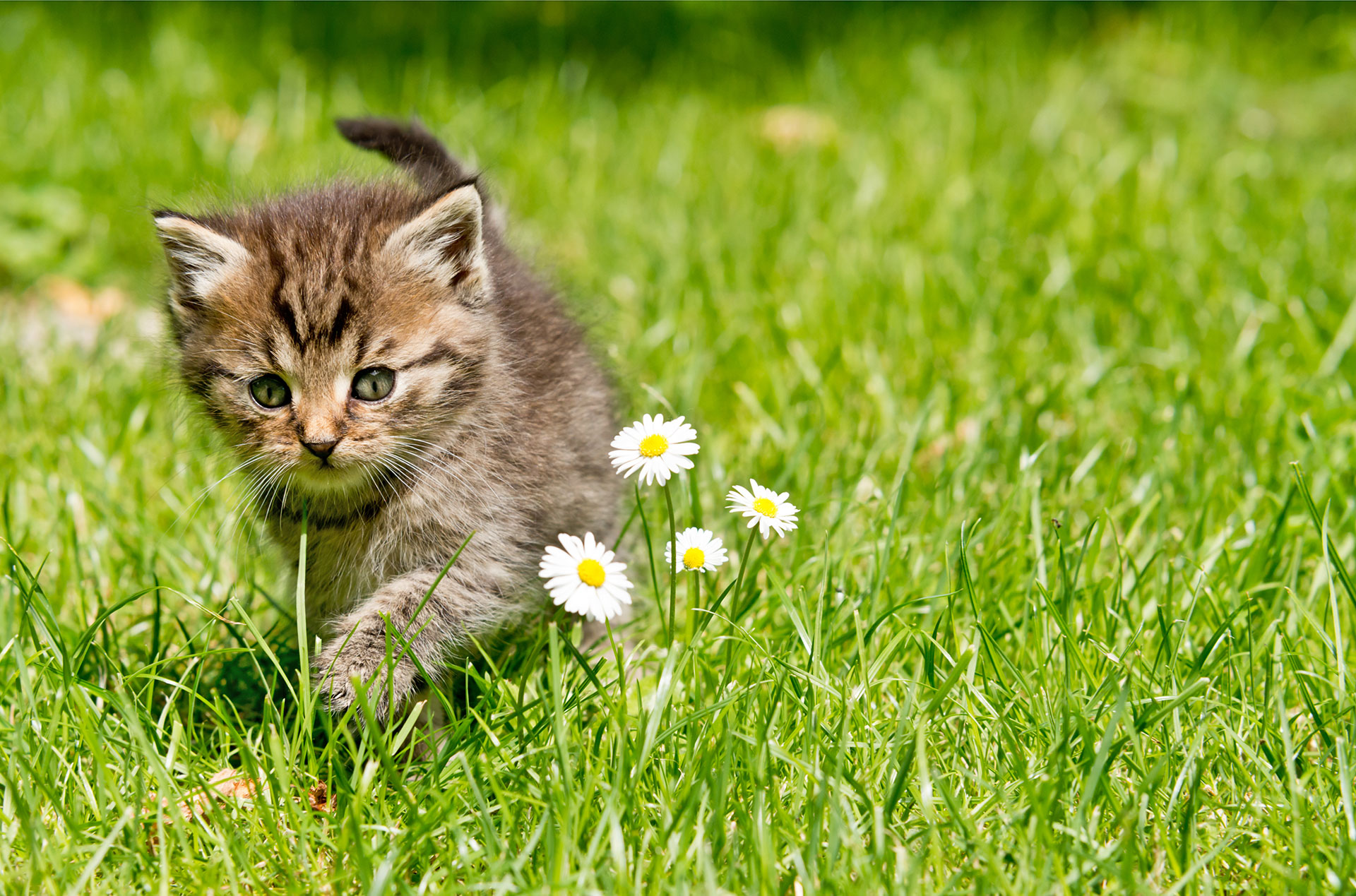- Provide several litter trays around the house – preferably in quiet areas, and away from thier sleeping/playing areas.
- Make sure the litter tray is easy to get in and out of.
- You may need to trial different types of litter, as some cats can be very picky. Most cats prefer unscented, clumping litter.
- When training a kitten, watch for signs of sniffing around, meowing and hiding can be signs your kitten may need to go to the toilet.
- Place your kitten into the litter tray when you see these signs and give them some privacy as they may not like to be watched.
- Kittens are prone to mistakes as they do not have full control over their urination until they are a bit older.
- Do not ‘rub their nose’ in their urine or punish your kitten when a mistake is made, it can delay the learning process further.
- Do not react if a mistake is made, just clean the area with a non-ammonia based product to remove the smell and reduce the likely hood of urinating in the same spot again.
- Make sure you keep the litter tray clean, as most cats will not use the litter tray if it is dirty and smelly. Old litter should be thrown out, the tray washed with soapy water and rinsed thoroughly with water – refill with enough fresh litter so they can dig adequately.
- Be patient, it may take up to 4 weeks to get your kitten fully trained, but most will catch on quickly. Perservere by placing your kitten in the tray several times a day for several days until they undersatnd the concept.



When training your puppy to toilet outside it is important to be patient and understand it is going to be a messy and frustrating experience. Here are some tips to make your life a little easier and help you undersatnd the process of toilet training your new puppy.
- Remember your puppy’s bladder and bowel are still developing, therefore they cant ‘hold on’ as long as we can!
- Designate any area where you would like your puppy to go to the toilet – perhaps on a “Puppy Pad” or a suitable spot in the garden on the grass, as they prefer to go to the toilet on a soft surface.
- Take your pup to this spot after walking, playing, eating, last thing at night and first thing in the morning. This is when they are most likely going to need to do their business.
- Make the experience positive and rewarding for your pup with lots of praise when you achieve “sucess”. Offer them a treat, if they associate a reward with their ‘special’ spot they are more likely to use it.
- When accidents do happen, do not scold or punish your puppy. With a firm voice say “no” and take them to their specified toilet spot.
- Clean the area with a non-ammonia based product to remove the smell and reduce the likely hood of urinating in the same spot again. You can put a water or food bowl in the ‘accident’ area to prevent puppy from urinating in the same spot again!






